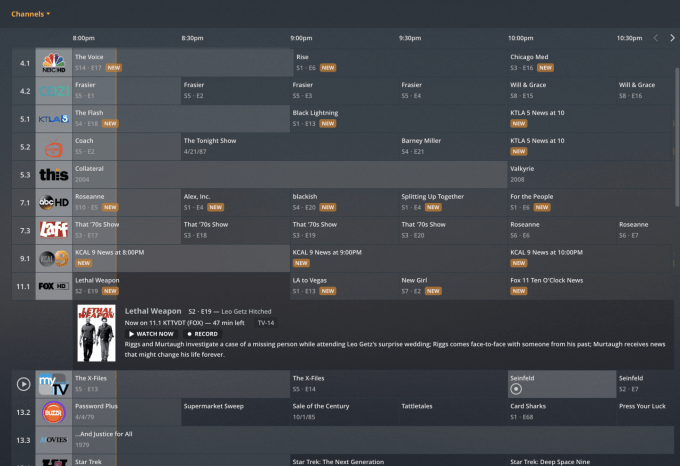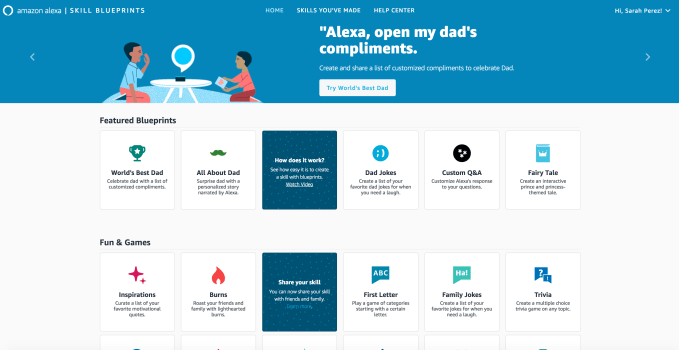A third party audit of a controversial patient data-sharing arrangement between a London NHS Trust and Google DeepMind appears to have skirted over the core issues that generated the controversy in the first place.
The audit (full report here) — conducted by law firm Linklaters — of the Royal Free NHS Foundation Trust’s acute kidney injury detection app system, Streams, which was co-developed with Google-DeepMind (using an existing NHS algorithm for early detection of the condition), does not examine the problematic 2015 information-sharing agreement inked between the pair which allowed data to start flowing.
“This Report contains an assessment of the data protection and confidentiality issues associated with the data protection arrangements between the Royal Free and DeepMind . It is limited to the current use of Streams, and any further development, functional testing or clinical testing, that is either planned or in progress. It is not a historical review,” writes Linklaters, adding that: “It includes consideration as to whether the transparency, fair processing, proportionality and information sharing concerns outlined in the Undertakings are being met.”
Yet it was the original 2015 contract that triggered the controversy, after it was obtained and published by New Scientist, with the wide-ranging document raising questions over the broad scope of the data transfer; the legal bases for patients information to be shared; and leading to questions over whether regulatory processes intended to safeguard patients and patient data had been sidelined by the two main parties involved in the project.
In November 2016 the pair scrapped and replaced the initial five-year contract with a different one — which put in place additional information governance steps.
They also went on to roll out the Streams app for use on patients in multiple NHS hospitals — despite the UK’s data protection regulator, the ICO, having instigated an investigation into the original data-sharing arrangement.
And just over a year ago the ICO concluded that the Royal Free NHS Foundation Trust had failed to comply with Data Protection Law in its dealings with Google’s DeepMind.
The audit of the Streams project was a requirement of the ICO.
Though, notably, the regulator has not endorsed Linklaters report. On the contrary, it warns that it’s seeking legal advice and could take further action.
In a statement on its website, the ICO’s deputy commissioner for policy, Steve Wood, writes: “We cannot endorse a report from a third party audit but we have provided feedback to the Royal Free. We also reserve our position in relation to their position on medical confidentiality and the equitable duty of confidence. We are seeking legal advice on this issue and may require further action.”
In a section of the report listing exclusions, Linklaters confirms the audit does not consider: “The data protection and confidentiality issues associated with the processing of personal data about the clinicians at the Royal Free using the Streams App.”
So essentially the core controversy, related to the legal basis for the Royal Free to pass personally identifiable information on 1.6M patients to DeepMind when the app was being developed, and without people’s knowledge or consent, is going unaddressed here.
And Wood’s statement pointedly reiterates that the ICO’s investigation “found a number of shortcomings in the way patient records were shared for this trial”.
“[P]art of the undertaking committed Royal Free to commission a third party audit. They have now done this and shared the results with the ICO. What’s important now is that they use the findings to address the compliance issues addressed in the audit swiftly and robustly. We’ll be continuing to liaise with them in the coming months to ensure this is happening,” he adds.
“It’s important that other NHS Trusts considering using similar new technologies pay regard to the recommendations we gave to Royal Free, and ensure data protection risks are fully addressed using a Data Protection Impact Assessment before deployment.”
While the report is something of a frustration, given the glaring historical omissions, it does raise some points of interest — including suggesting that the Royal Free should probably scrap a Memorandum of Understanding it also inked with DeepMind, in which the pair set out their ambition to apply AI to NHS data.
This is recommended because the pair have apparently abandoned their AI research plans.
On this Linklaters writes: “DeepMind has informed us that they have abandoned their potential research project into the use of AI to develop better algorithms, and their processing is limited to execution of the NHS AKI algorithm… In addition, the majority of the provisions in the Memorandum of Understanding are non-binding. The limited provisions that are binding are superseded by the Services Agreement and the Information Processing Agreement discussed above, hence we think the Memorandum of Understanding has very limited relevance to Streams. We recommend that the Royal Free considers if the Memorandum of Understanding continues to be relevant to its relationship with DeepMind and, if it is not relevant, terminates that agreement.”
In another section, discussing the NHS algorithm that underpins the Streams app, the law firm also points out that DeepMind’s role in the project is little more than helping provide a glorified app wrapper (on the app design front the project also utilized UK app studio, ustwo, so DeepMind can’t claim app design credit either).
“Without intending any disrespect to DeepMind, we do not think the concepts underpinning Streams are particularly ground-breaking. It does not, by any measure, involve artificial intelligence or machine learning or other advanced technology. The benefits of the Streams App instead come from a very well-designed and user-friendly interface, backed up by solid infrastructure and data management that provides AKI alerts and contextual clinical information in a reliable, timely and secure manner,” Linklaters writes.
What DeepMind did bring to the project, and to its other NHS collaborations, is money and resources — providing its development resources free for the NHS at the point of use, and stating (when asked about its business model) that it would determine how much to charge the NHS for these app ‘innovations’ later.
Yet the commercial services the tech giant is providing to what are public sector organizations do not appear to have been put out to open tender.
Also notably excluded in the Linklaters’ audit: Any scrutiny of the project vis-a-vis competition law, public procurement law compliance with procurement rules, and any concerns relating to possible anticompetitive behavior.
The report does highlight one potentially problematic data retention issue for the current deployment of Streams, saying there is “currently no retention period for patient information on Streams” — meaning there is no process for deleting a patient’s medical history once it reaches a certain age.
“This means the information on Streams currently dates back eight years,” it notes, suggesting the Royal Free should probably set an upper age limit on the age of information contained in the system.
While Linklaters largely glosses over the chequered origins of the Streams project, the law firm does make a point of agreeing with the ICO that the original privacy impact assessment for the project “should have been completed in a more timely manner”.
It also describes it as “relatively thin given the scale of the project”.
Giving its response to the audit, health data privacy advocacy group MedConfidential — an early critic of the DeepMind data-sharing arrangement — is roundly unimpressed, writing: “The biggest question raised by the Information Commissioner and the National Data Guardian appears to be missing — instead, the report excludes a “historical review of issues arising prior to the date of our appointment”.
“The report claims the ‘vital interests’ (i.e. remaining alive) of patients is justification to protect against an “event [that] might only occur in the future or not occur at all”… The only ‘vital interest’ protected here is Google’s, and its desire to hoard medical records it was told were unlawfully collected. The vital interests of a hypothetical patient are not vital interests of an actual data subject (and the GDPR tests are demonstrably unmet).
“The ICO and NDG asked the Royal Free to justify the collection of 1.6 million patient records, and this legal opinion explicitly provides no answer to that question.”









